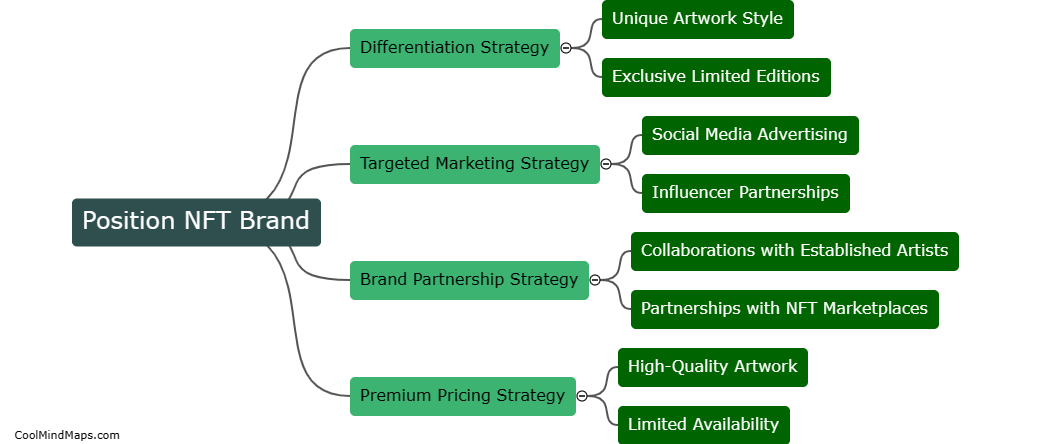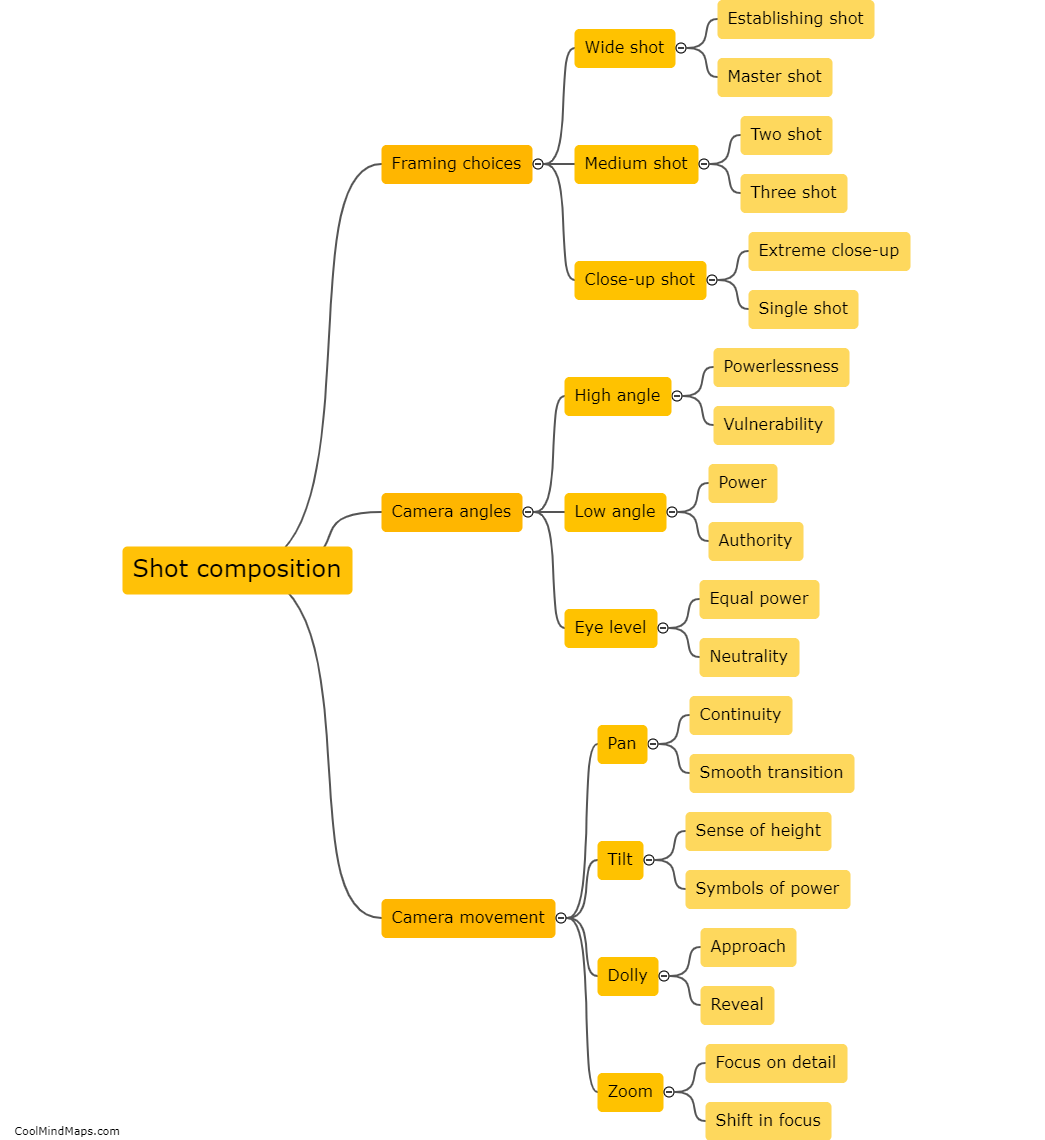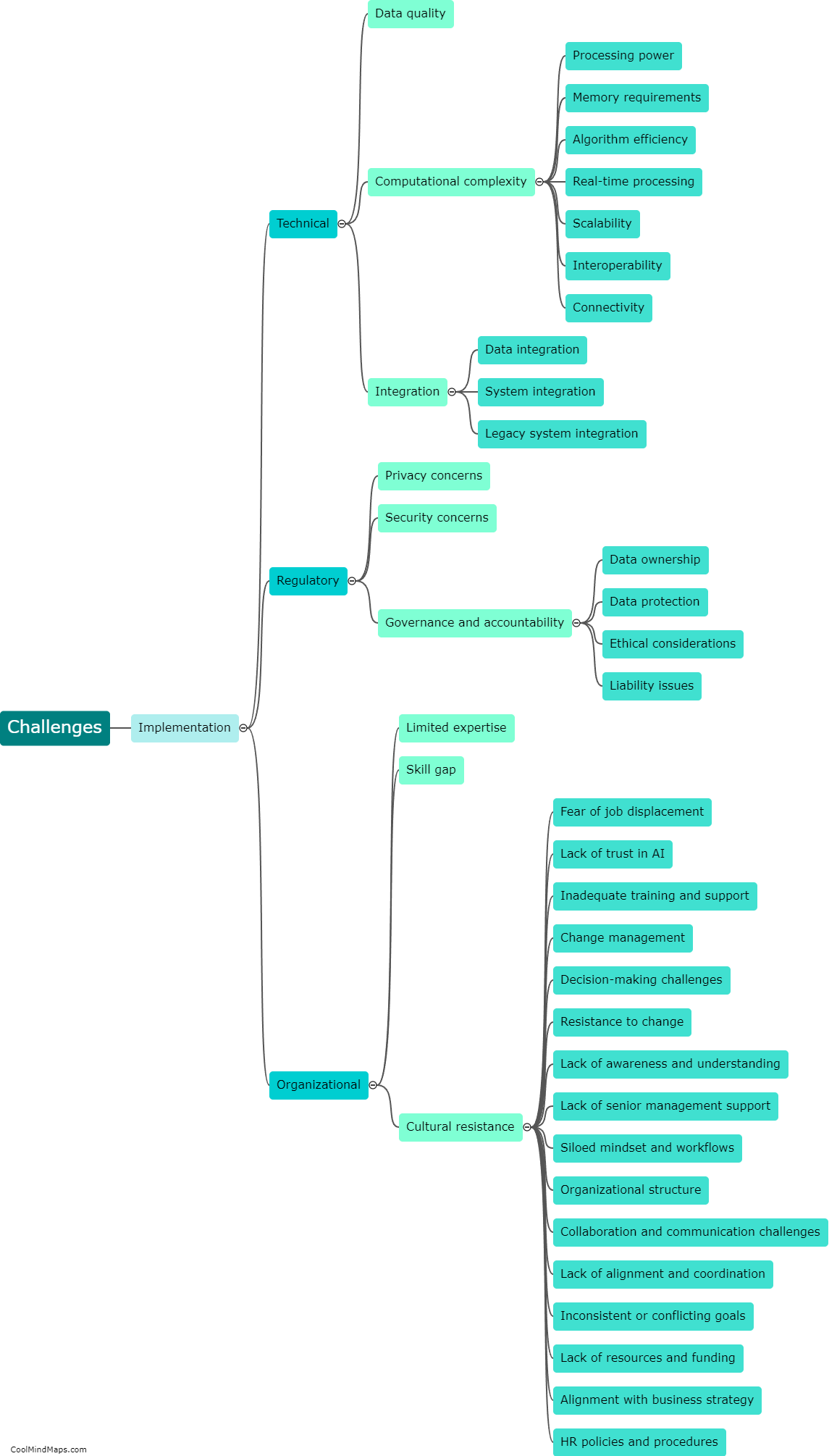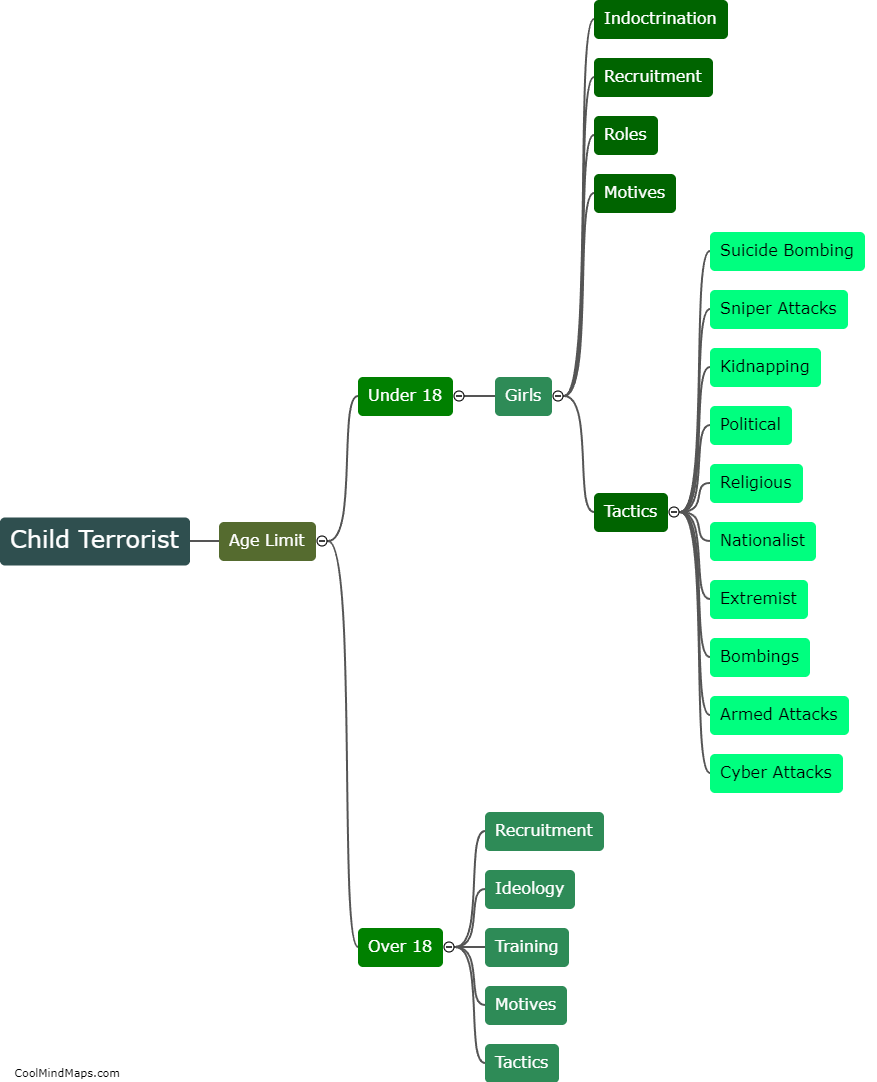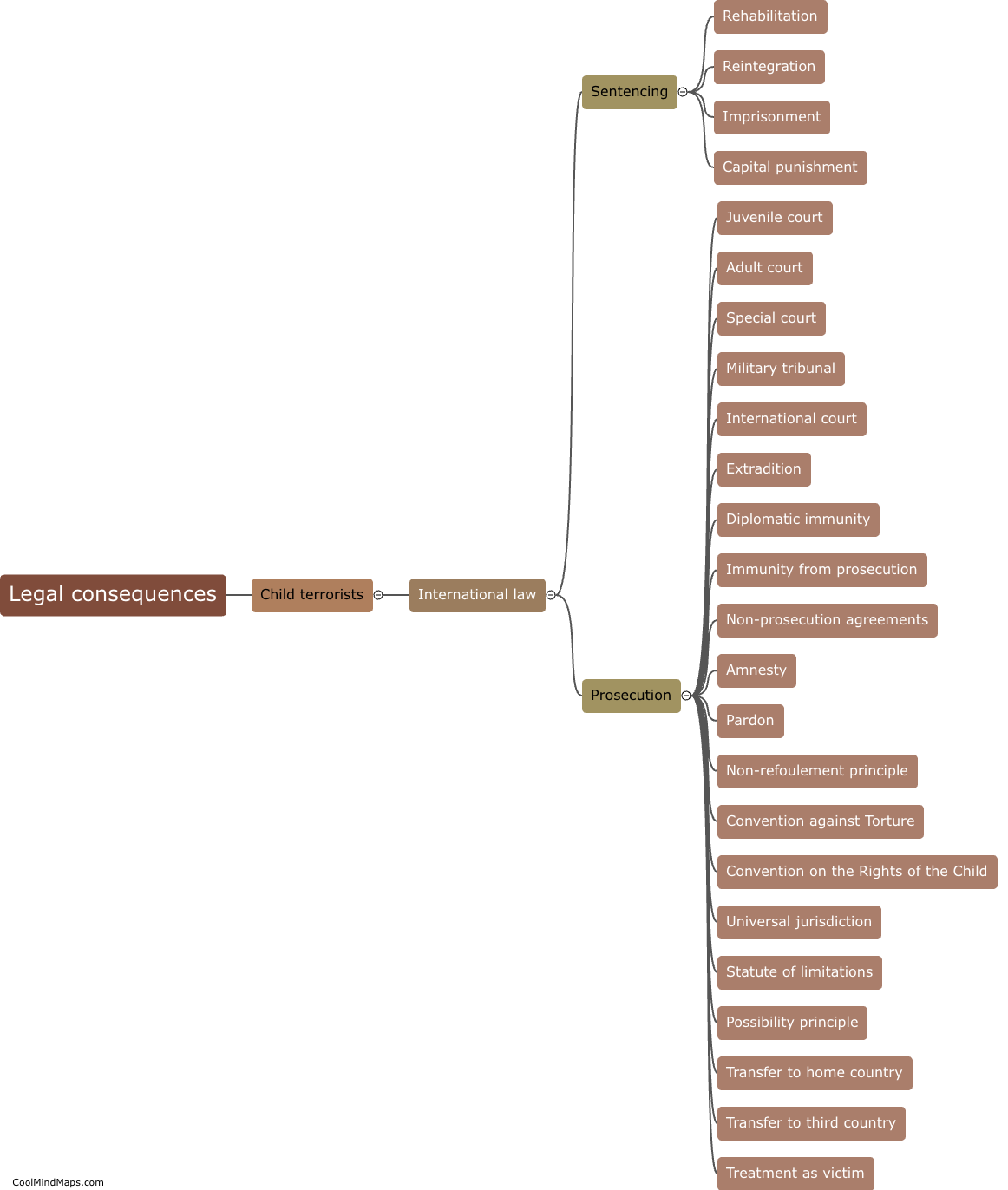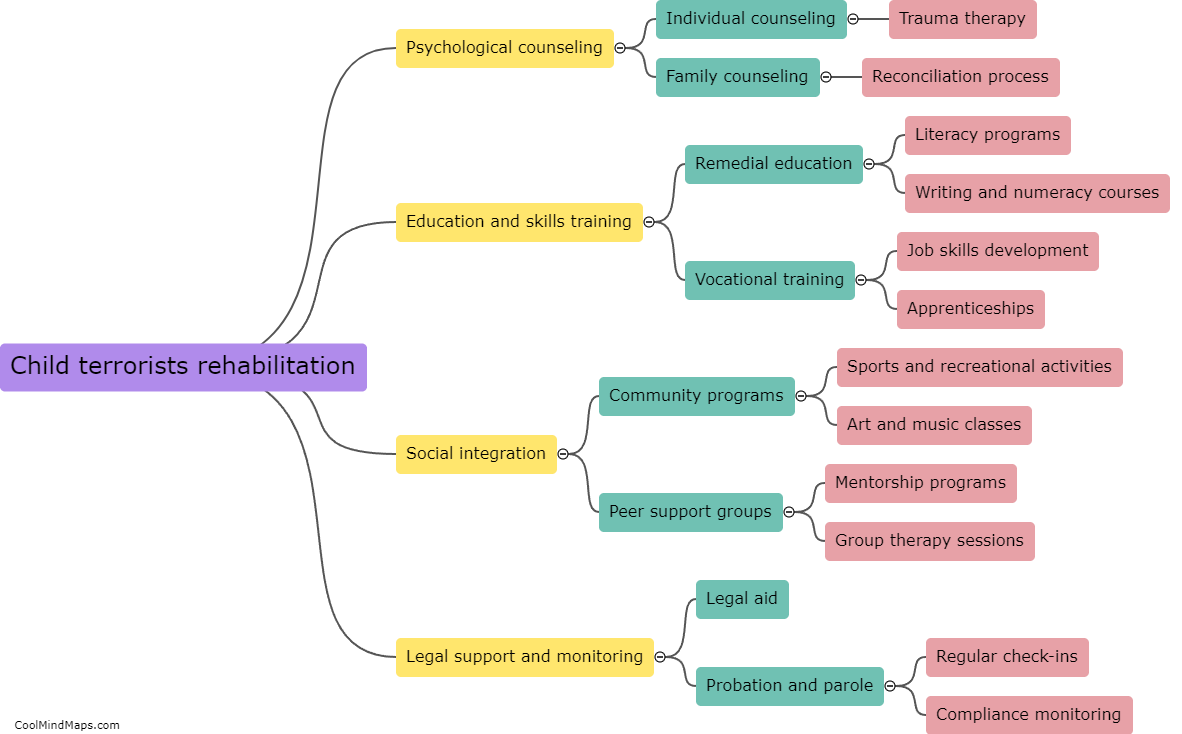How does international law view child terrorists?
International law takes a nuanced approach when addressing child terrorists, balancing the need for accountability and protection of their rights as children. The United Nations Convention on the Rights of the Child (UNCRC) sets out the fundamental rights of children, including their protection from all forms of violence, recruitment, and involvement in armed conflicts. Recognizing that children may be coerced or manipulated into participating in terrorism, international law emphasizes the importance of addressing the root causes and rehabilitation of child terrorists. While child soldiers are often granted special legal protections and may be considered victims, child terrorists who commit acts of violence may be subject to criminal prosecution, depending on their age and the severity of their actions. Thus, international law aims to strike a balance between recognizing the vulnerability of children and holding them accountable to prevent future harm.

This mind map was published on 22 October 2023 and has been viewed 100 times.
